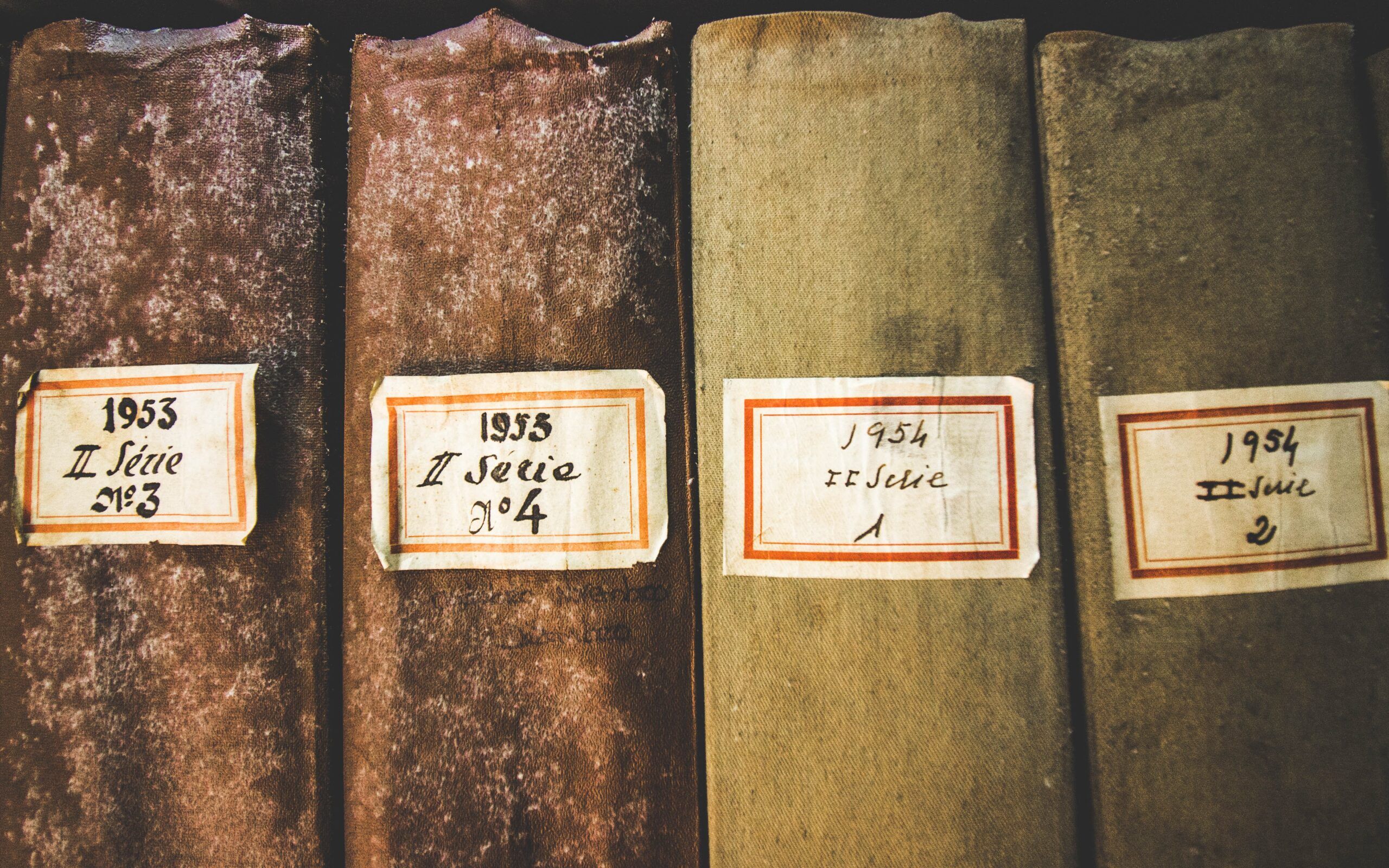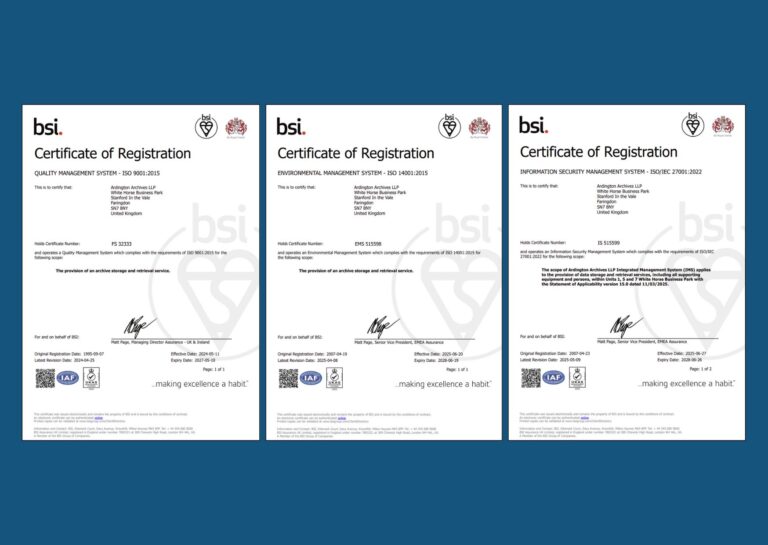What Cause Paper to Deteriorate When in Storage?
How long does paper last? This is a questions many people ask and ther are a few things you can consider to help protect your documents. Paper frequently deteriorates in document storage, however, this is not necessarily an inevitable process and can be protected against. Below are the five key causes:
1. Biological growths
Biological growths such as molds or fungi typically occur when both temperature and humidity are uncontrolled. Molds digest the material on which they grow, resulting in the staining and deterioration of the paper, while fungi cause white patches to form on documents. These may later turn green or brown in colour.
2. Insect infestation
Insect infestation – particularly by silverfish, book-lice, moths, and beetles – is often the result of negligence on the part of those maintaining the storage facility. Typical factors include allowing dirt and dust to accumulate, allowing insect-infested items to be brought into the store, allowing foodstuffs to be brought into the store, failing to seal windows and doors, roof leaks and cracks, and poor ventilation.
In some cases, a rodent infestation can also be a problem, usually due to the factors described above.
3. Excessive heat
Temperature and relative humidity are often interdependent, so where it is hot it may also be humid, leading to the problems described at points (1) and (2) above. However, high temperatures in themselves cause damage to stored documents through over-drying. Materials of organic origin (including paper, parchment, and the adhesives used in bookbinding) which normally contain moisture are very sensitive to over-drying. Paper and related materials deteriorate rapidly with temperature and relative humidity changes.
4. Excessive light
Rapid and serious deterioration of paper is caused by the oxidation of cellulose brought about by the ultraviolet rays in sunlight and fluorescent light. This involves a bleaching action that causes some whitening of paper and fading of coloured papers and certain inks. Colours tend to fade selectively, so some disappear while others remain. Strong light also causes any lignin, which may be present in the paper, to react with other compounds, turning them yellow or brownish in colour.
5. Atmospheric pollutants
Materials such as paper, comprising cellulose fibres, are vulnerable to staining and soiling by contaminants. The most dangerous of these is the sulphuric acids resulting from the combustion of fuels and from other industrial processes. Paper contaminated by sulphuric acid tends to lose its strength. Contaminants can be carried on airborne dust and dirt particles containing absorbed pollutants, which may also have an abrasive effect on documents.
It follows that the useful life of paper-based documents can be extended by diligently avoiding or minimising the risks described above – as successfully achieved by Ardington Archives in its own storage facilities for document storage.




